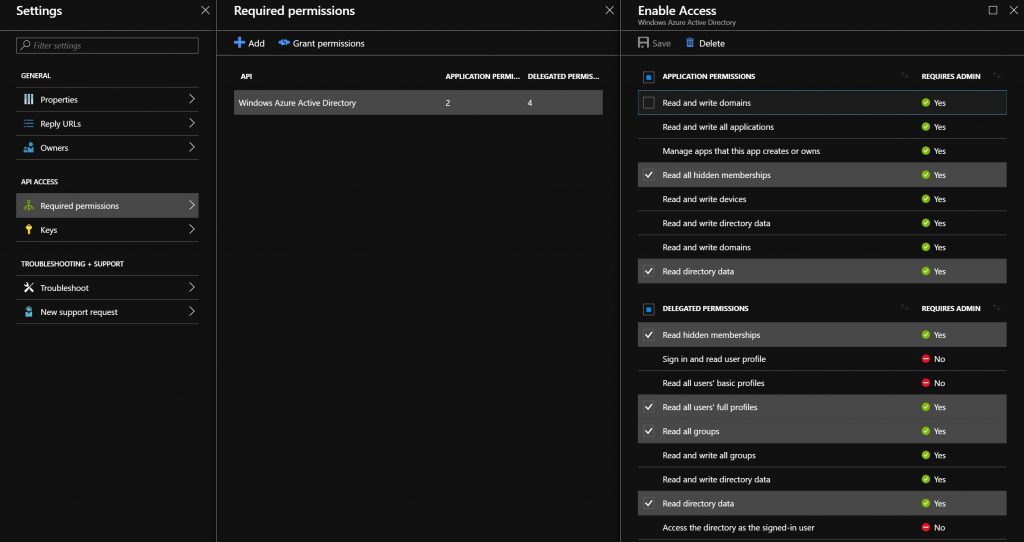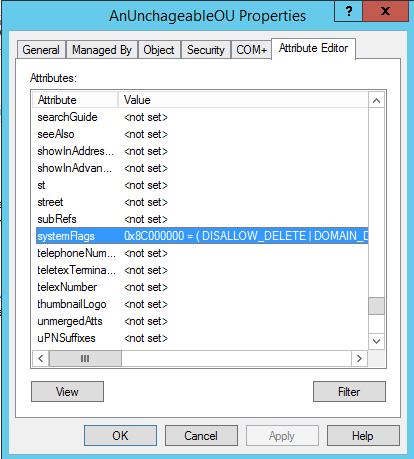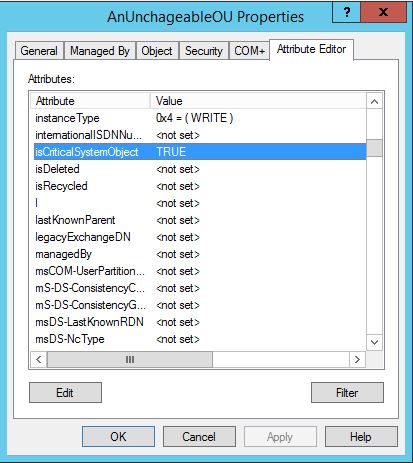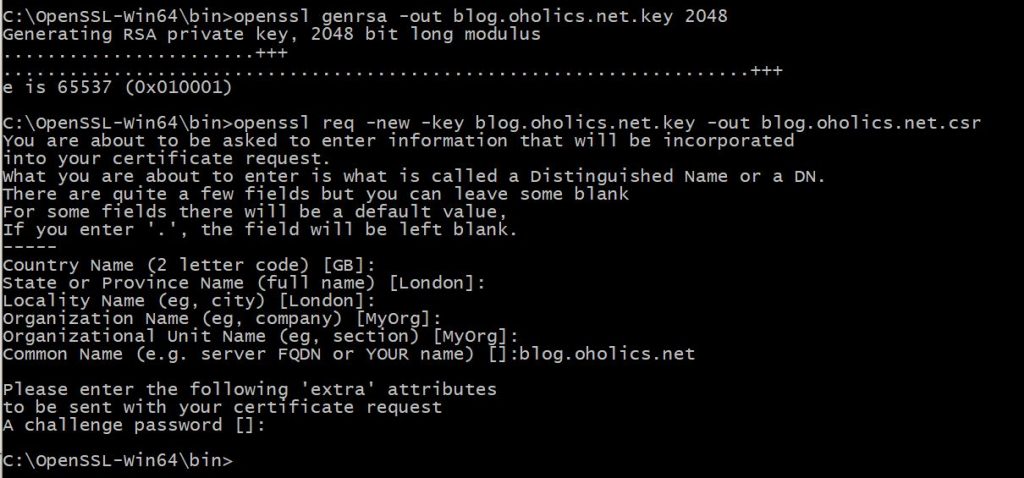LogParser Loves Security Logs
Just digging something up that I used to use regularly to look for logon events related to a certain username (samAccountName). Thought I’d regurgitate them here for “the next time..”
Three different SQL queries for three different use cases:
Case 1. I know that the logon event that I’m looking for occurred on DC01.oholics.net, I’m therefore going to interrogate the live DC log. The primary username I’m looking for is “jon”, a secondary name shown as “dave”. This could be replaced by a junk string if I’m only really looking for “jon”, or just trim the query (up to you.. ).
Case 2. In my domain, there are three domain controllers, I’m not sure where the logon events happened, so as in Case 1 I search the live DC logs, but this time searching all DC’s logs.
Case 3. I have three months of backed up logs to search through (in C:\TEMP\Logs) for all logon events for samAccount name “jon” (and optionally “dave”, as above). I may splurge out the script that I used to use to backup and clear the event logs next, that could be useful again – I’ve got to clean it first.
Usage: logparser -i:EVT file:<SQLFileName>.sql -o:CSV -resolveSIDs:ON
Where:
- The above SQL query is saved as LogParserRedaction.sql in the same location as the LogParser binary.
- The collection of logs to be redacted are in C:\TEMP\Logs\
- The output file will be written to C:\TEMP\Output\output.csv



